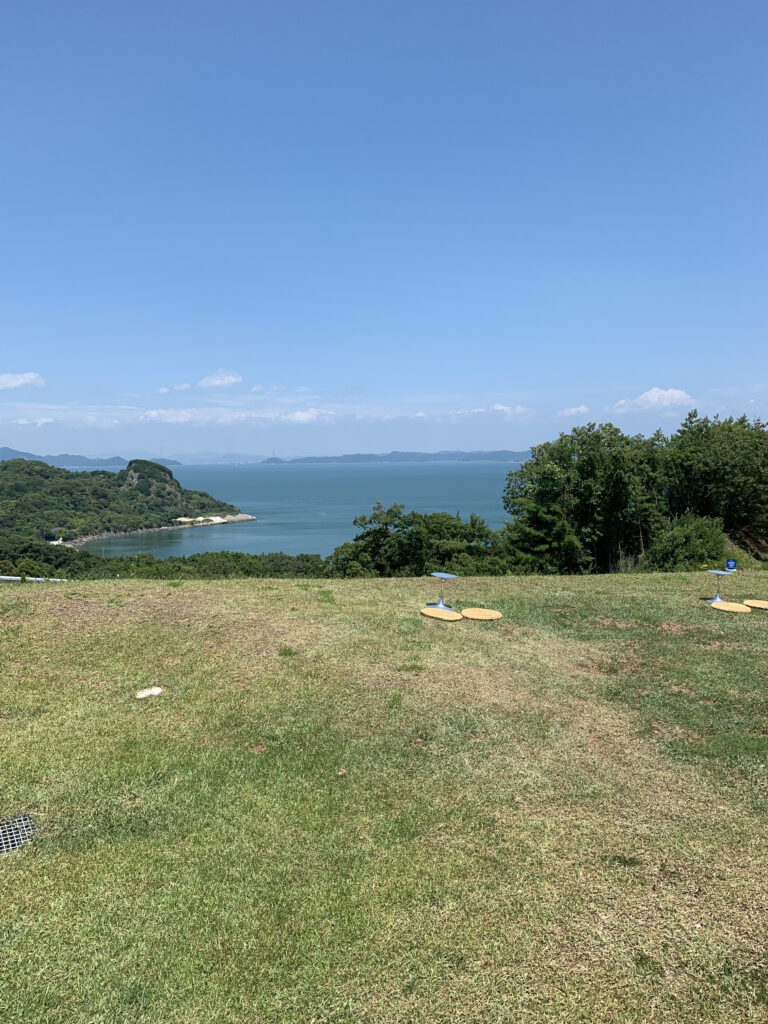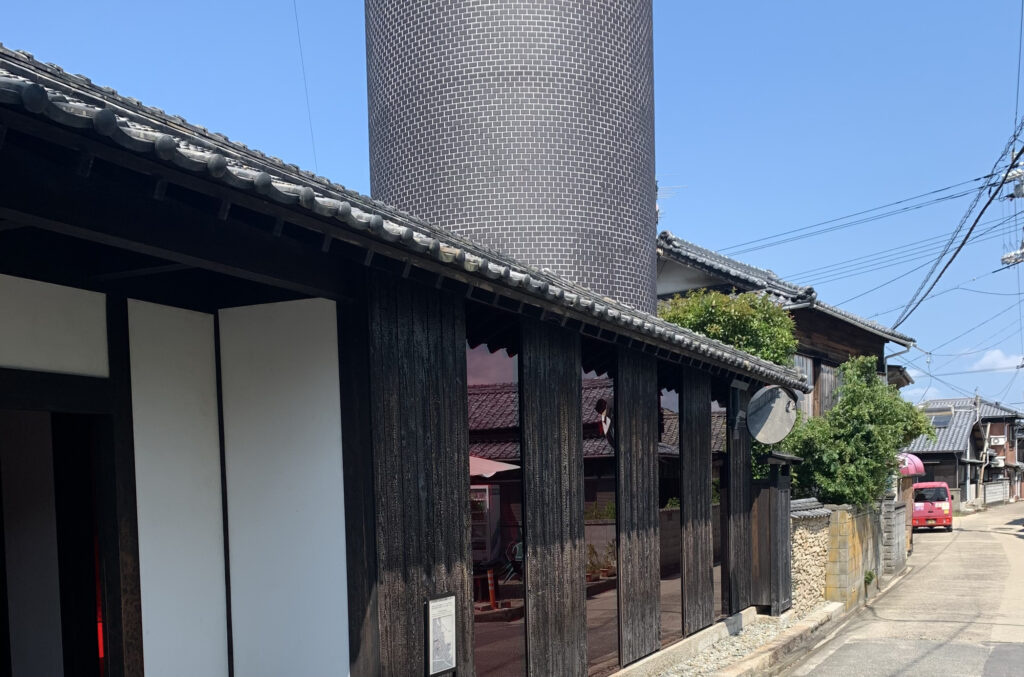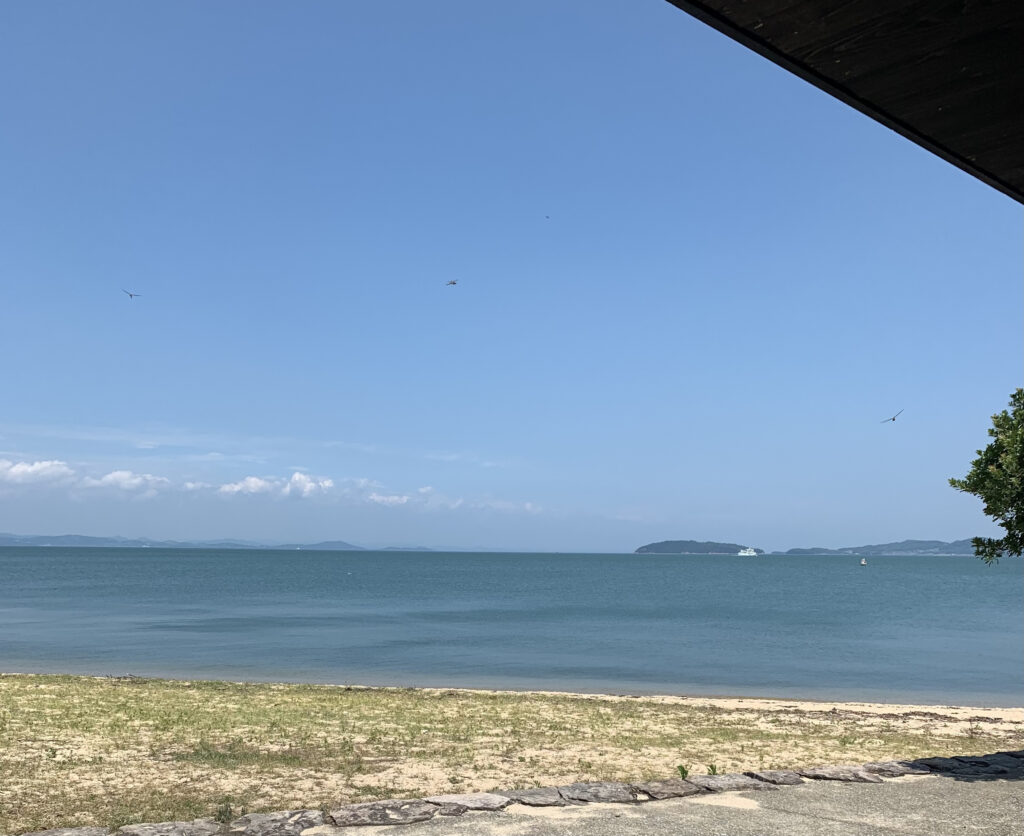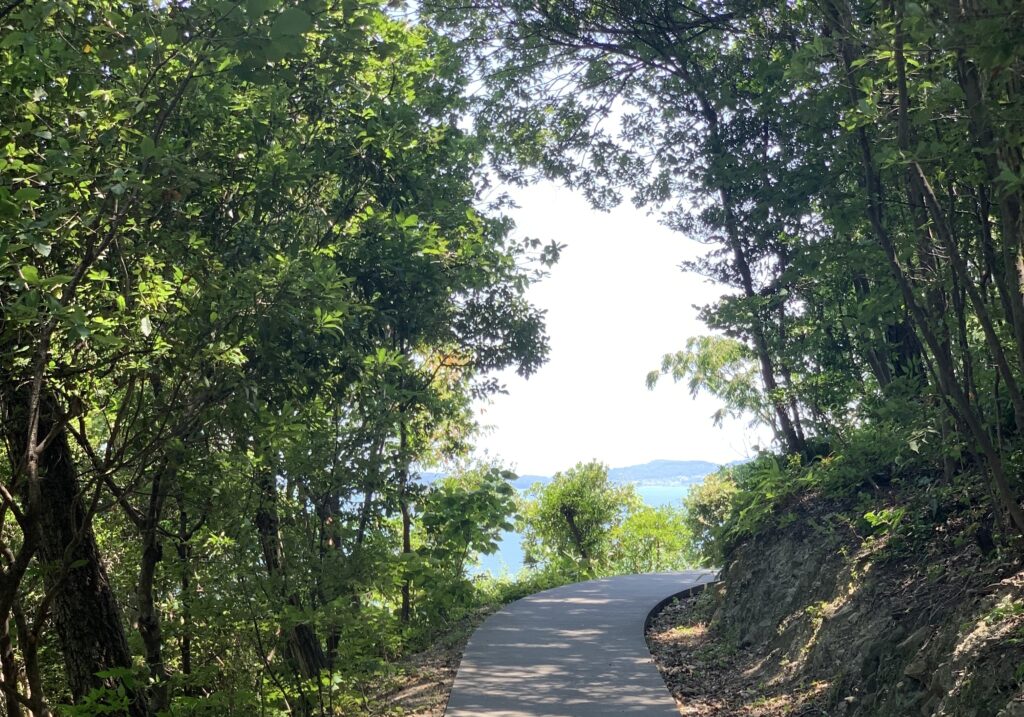Teshima – An Island Where Life Circles Back

Floating quietly in the gentle waters of Japan’s Seto Inland Sea, Teshima is a small island with a powerful story.
Often introduced as a neighbor to the art-famous Naoshima, this island offers something deeper—something quieter.
Teshima is a place where the scars of the past meet the rhythms of rebirth.
It is an island where art, nature, and memory come together to create something uniquely profound.
A Name That Means “Abundance”

Teshima, which literally means “rich island,” is part of Shōdoshima Town in Kagawa Prefecture.
Its name is no coincidence.
The island has long been blessed with fresh spring water, lush farmland, and a thriving culture of agriculture and fishing.
For generations, people here lived in close harmony with the land and sea.
But this paradise was once marred by tragedy.
In the late 20th century, Teshima became the site of Japan’s largest illegal industrial waste dumping scandal.
Toxic waste poisoned its soil and water, and the island’s natural abundance was deeply wounded.
What followed was a decades-long legal and environmental battle, led courageously by the island’s residents.
This painful history set the stage for a rebirth—one led not only by restoration, but by art.
Teshima Art Museum – A Temple of Water, Light, and Silence

Perched on a hill surrounded by rice terraces is the Teshima Art Museum, a collaboration between artist Rei Naito and architect Ryue Nishizawa.
The museum’s organic, droplet-like structure opens to the sky through two round apertures.
Inside, no walls, no pillars—just an open concrete shell where water slowly appears, moves, and disappears across the floor, as if the building itself were breathing.
There are no artworks in the conventional sense.
Instead, visitors are invited to observe the natural phenomena—the movement of light, the whisper of wind, the sound of water.
This is not a place to look at art; it is a place to feel the presence of life.
Everyday Life in Harmony with Art

Teshima is not a museum island—it is a living island, where art exists alongside daily life.
In the village of Karato, Teshima Yokoo House blends a 100-year-old traditional home with the bold, vivid works of artist Tadanori Yokoo.
The structure itself is a canvas, where Japanese heritage and modern expression meet.
Nearby, at the Shima Kitchen, a community-run restaurant offers seasonal dishes made from local ingredients.
The women of the island cook with care, serving visitors warm meals that reflect the island’s agricultural soul.
This is where hospitality, art, and nourishment intertwine.
Les Archives du Cœur” – Listening to a Stranger’s Pulse

On the island’s eastern shore lies Les Archives du Cœur, a haunting and beautiful sound installation by Christian Boltanski.
Here, visitors can listen to recorded heartbeats from people around the world.
Each heartbeat echoes through the space like a whisper of life—strangers you’ll never meet, whose presence you suddenly feel.
It’s an experience both intimate and universal, inviting you to reflect on your own existence, one beat at a time.
Farming the Future – The Teshima Terrace Rice Fields

Once abandoned, the island’s iconic terraced rice fields are slowly coming back to life.
The Teshima Terrace Rice Field Project invites both locals and visitors to reconnect with the land—through farming, learning, and shared labor.
Here, the island’s future isn’t just about tourism; it’s about healing and sustainability, rooted in tradition and forward-thinking stewardship.
A Final Reflection

Teshima is more than a beautiful destination.
It is a living landscape shaped by hardship, healing, and hope.
Whether you’re standing beneath the open sky at Teshima Art Museum, listening to heartbeats echo in the dark, or tasting rice grown from the reborn terraces, every moment here is a quiet invitation to feel deeply.
This is a place where life slows down, where memory and art become part of the land—and where, perhaps, we begin to understand what it truly means to live well.
Teshima doesn’t demand your attention—it gently holds it.
